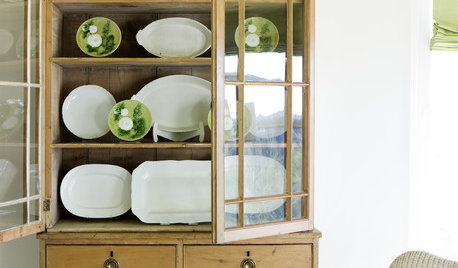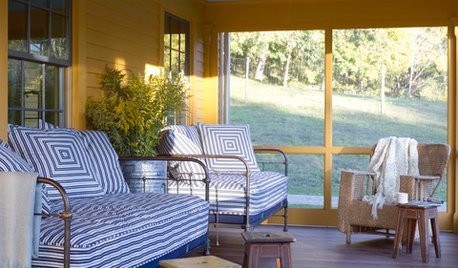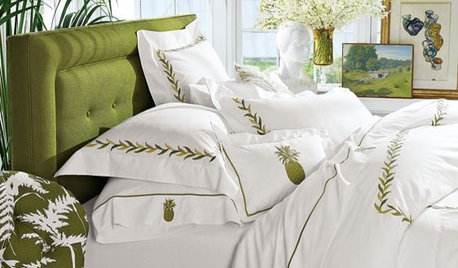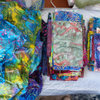Other than cotton fabric...
ritaweeda
11 years ago
Related Stories

UPHOLSTERYFabric Focus: Cozy, Carefree Cotton
Here’s why you should consider making cotton king in your home decor
Full Story
DECORATING GUIDES8 Ways to Enjoy the Purity of Cotton at Home
There's much more to cotton than clothes. Bedding, upholstery and even headboards let you luxuriate in this natural fabric in every room
Full Story
GREEN DECORATINGEasy Green: Natural Fabrics Refine Rooms
From everyday organic cottons to luxurious silks, natural fibers add a feel-good factor to the home in more ways than one
Full Story0

DECORATING GUIDESJazz Up Your Dining Room for Less Than $500
New lighting, colorful dishware, fun fabrics and other small updates add up to a big-time facelift on a little bitty budget
Full Story
FEEL-GOOD HOME9 Ways to Boost Your Home’s Appeal for Less Than $75
Whether you’re selling your home or just looking to freshen it up, check out these inexpensive ways to transform it
Full Story
FIREPLACESRumford Fireplaces Are Hotter Than Ever
Higher efficiency and good looks are leading homeowners back to this 18th-century fireplace design
Full Story
BUDGET DECORATING9 Tricks to Boost Your Home’s Appeal for Less Than $400
Whether you’re redecorating or just doing a quick update, check out these ways to enhance your home on a budget
Full Story
UPHOLSTERYFabric Focus: 6 Ways to Bring Ticking Stripe Fabric Home
From window treatments to upholstery and more, here are ways you can decorate with this decorative workhorse of a fabric
Full Story
UPHOLSTERYFabric Focus: Make Your Interiors More Durable With Outdoor Fabric
Indoor-outdoor fabric is strong and beautiful, whether in the backyard or the living room
Full Story









nanajayne
ritaweedaOriginal Author
Related Professionals
Oshkosh Furniture & Accessories · Rock Hill Furniture & Accessories · Fort Carson Furniture & Accessories · Shorewood Interior Designers & Decorators · Rosaryville Interior Designers & Decorators · Danvers Flooring Contractors · Mission Viejo Flooring Contractors · Redmond Flooring Contractors · Wesley Chapel Flooring Contractors · Cedar Rapids Furniture & Accessories · Hilton Head Island Furniture & Accessories · Manhattan Furniture & Accessories · Annandale Furniture & Accessories · Port Chester Furniture & Accessories · Kingsburg Furniture & Accessoriestoolgranny
magothyrivergirl
ritaweedaOriginal Author
magothyrivergirl
geezerfolks_SharonG_FL
jennifer_in_va
littlehelen_gw
pirate_girl
magothyrivergirl
pirate_girl